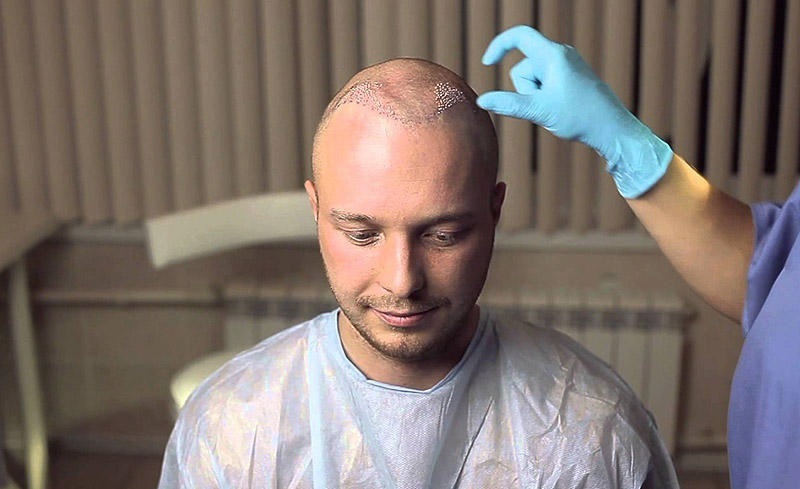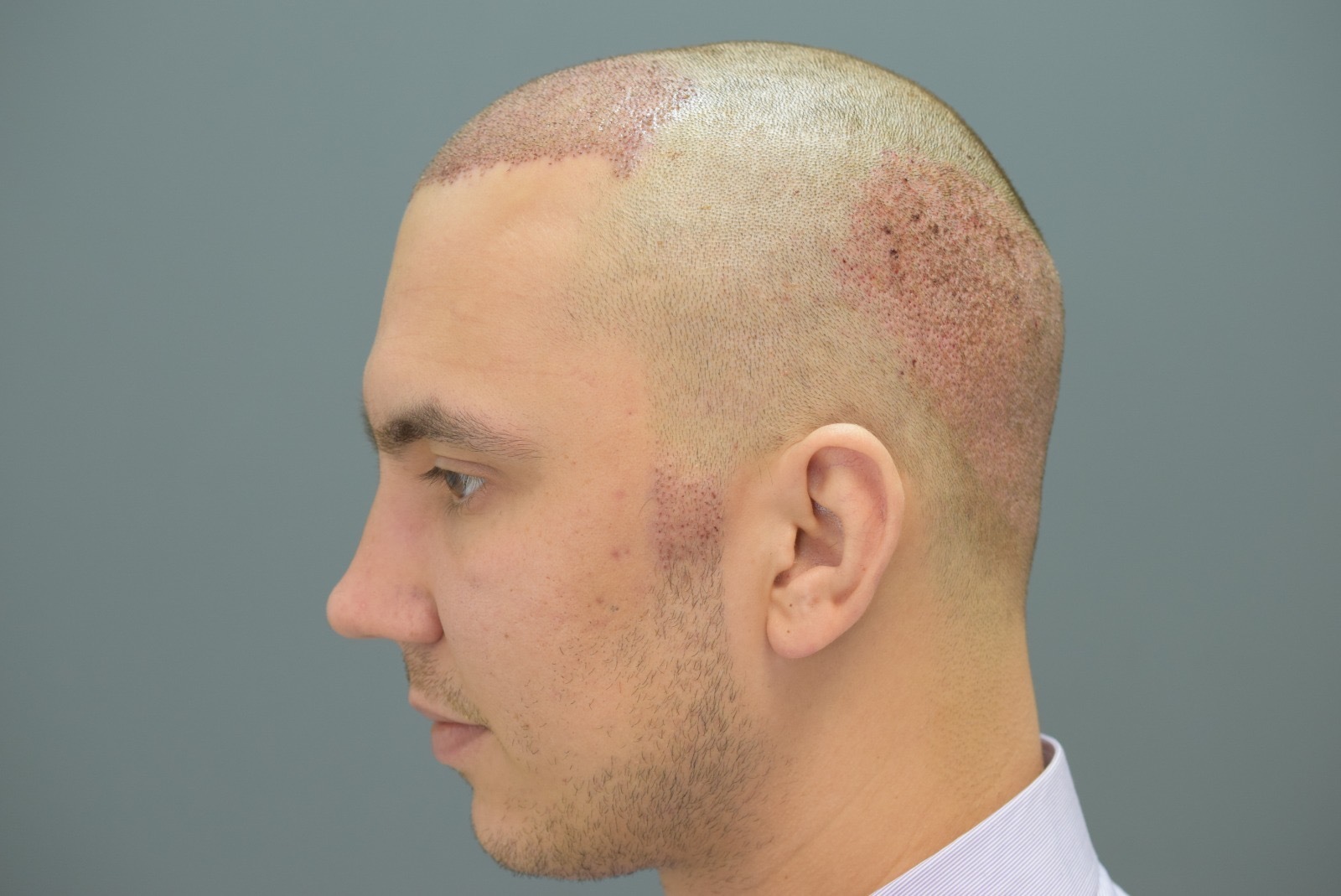If you’ve recently undergone a Hair Transplant in Dubai or are considering the procedure, you’re likely wondering what the recovery process entails. Understanding the healing journey can help you set realistic expectations and ensure a smooth transition as your new hair grows. While a hair transplant is a minimally invasive procedure, it still requires careful aftercare to achieve optimal results. In this article, we’ll guide you through the recovery process, detailing what to expect, the common stages of healing, and tips for a successful recovery.
1. Immediate Post-Procedure CareThe first few days following your hair transplant are crucial for setting the foundation for a successful recovery. Right after the procedure, you might experience mild swelling, redness, and some discomfort around the transplant area. This is completely normal and typically subsides within a few days. The donor area (where hair follicles were taken from) may also feel tender, and small scabs may form on the scalp. During this time, it’s important to follow all post-operative instructions provided by your specialist. You may be advised to avoid washing your hair for a few days, refrain from strenuous activities, and sleep with your head elevated to minimize swelling. 2. The Shedding Phase (1-3 Weeks)One of the most common concerns during the recovery process is hair shedding. It’s entirely normal for the transplanted hairs to fall out within the first two to three weeks after surgery. This process is called “shock loss,” and it occurs as the transplanted follicles enter a resting phase. While it might be disheartening to see the hair fall out, rest assured that this is part of the natural hair growth cycle. During this time, the transplanted follicles are settling into their new location, and new growth will begin within a few months. The shedding phase is temporary, and it’s essential to remain patient and not panic, as it’s a sign that the follicles are preparing to regrow healthier and stronger hair. 3. New Hair Growth (3-6 Months)Around three to six months after your hair transplant, you’ll start to notice small, fine hairs growing in the transplanted areas. At first, these hairs may appear thin and lighter in color, but they will gradually thicken and darken over time. This early growth is a sign that the follicles are successfully taking root and stimulating hair regrowth. During this period, many people begin to feel more confident as they see visible results. However, full hair growth at this stage is still not fully realized. It’s important to continue following your post-operative care plan, which may include gentle scalp massages and the use of prescribed hair growth treatments to encourage healthy hair growth. 4. Visible Results (6-12 Months)By the six-month mark, you should begin to see more noticeable changes in the thickness and density of your hair. While the transplanted hair will continue to grow and thicken over time, the six-month period marks the halfway point in your hair restoration journey. At this stage, it’s common to experience a significant improvement in your hairline and coverage. Many patients begin to see their final results taking shape after about 12 months, with the hair fully regrown and integrated into the scalp. 5. The Final Results (12-18 Months)It typically takes about 12 to 18 months for the final results of a hair transplant to fully emerge. By this time, you’ll notice a fuller, more natural hairline, and the transplanted hair will blend seamlessly with your existing hair. The texture, color, and density of your hair will be completely restored, and you should be able to style and cut your hair as desired. Keep in mind that hair growth varies from person to person, and it can be influenced by factors like genetics, age, and overall health. However, most patients can expect to see significant improvements by the 12 to 18-month mark. 6. Common Recovery ConcernsWhile the recovery process is generally straightforward, some patients may experience common side effects, including:
7. Maintaining Your ResultsOnce your Hair Transplant Dubai has healed and you’ve achieved your desired results, maintaining the health of your new hair is essential for long-term success. Following a healthy hair care routine, avoiding excessive heat or harsh chemicals, and eating a balanced diet rich in vitamins and minerals can help support continued hair growth. If necessary, some patients may opt for additional treatments such as PRP therapy to further enhance the results and promote healthy hair growth. Final ThoughtsHair transplant recovery is a gradual process, but with the right care and patience, the results can be life-changing. By understanding the stages of recovery and having realistic expectations, you can navigate the healing process with ease and confidence. Whether you're enjoying your new hair after six months or eagerly awaiting the final results at the 12-18 month mark, remember that the journey is worth it. With advanced techniques available, Dubai remains a leading destination for hair restoration, offering lasting solutions that transform lives. | |
|
| |
| Views: 16 | |
| Total comments: 0 | |

